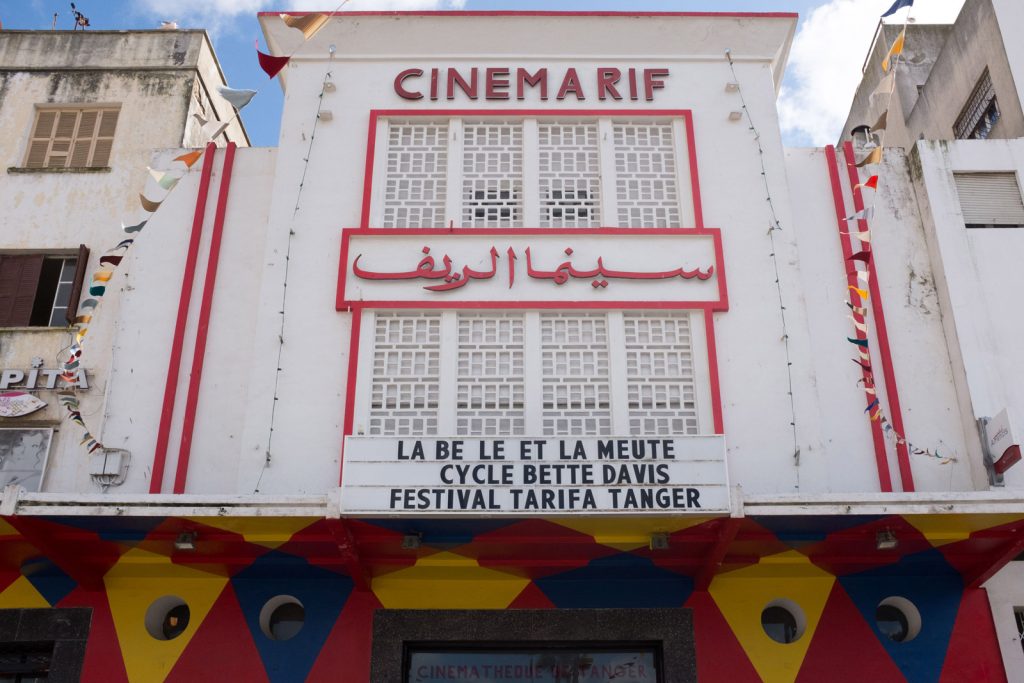Salvando al Soldado Pérez
Checking in with the star of Mexico’s hit narco-comedy

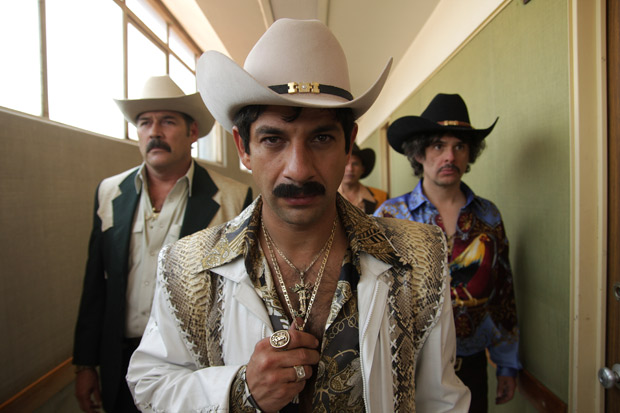
The New Mexican Cinema movement may have calmed to a simmer in recent years, but the country’s presence on the international film scene is here to stay. At Los Angeles’ recent Hola México Festival, festival-goers were treated to a secret midnight screening of “Salvando al Soldado Pérez” (Private Pérez). The film follows Julian Pérez—surrounded by hired thugs, killers, and accomplices—on his quest to find his brother in Iraq at his mother’s request. Leaving the boisterous audience laughing, gasping and clapping throughout, when lead actor Miguel Rodarte joined director Beto Gomez on stage after the showing, the crowd roared in applause.
Currently one of the most popular films in Mexico, already more than two million have seen the slapstick adventure. Acting as a crime lord from Sinaloa, Rodarte struts though the film in a flashy wardrobe of unbuttoned silky shirts, massive gold necklaces and giant hats. Along with his motley crew of compadres, their epic journey both celebrates and pokes fun at various aspects of Mexican culture.
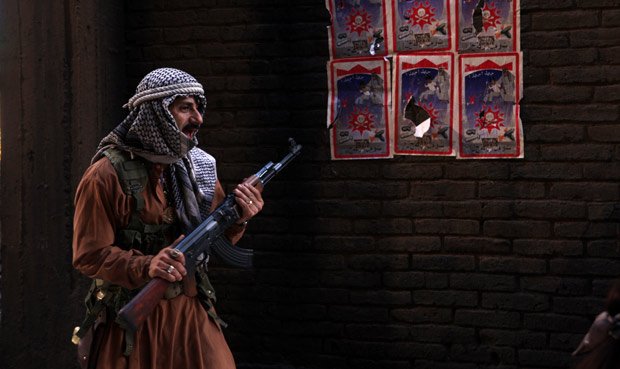
I first met Rodarte at a Kahlua-sponsored dinner in Mexico City at Casa Luis Barragan along with a small group of gallery owners, designers, musicians and actors who had gathered at the Pritzker prize-winning architect’s house (now a museum) to share cocktails and a candlelit dinner prepared by one of the chefs from Pujol. In the midst of this animated group, Rodarte charmed everyone in the room with his infectious laugh, charismatic smile and hilarious stories about making movies and all-night parties. With the release of his latest film, we decided it was time to sit down with with the charming actor to find out more about the making of the film, his audacious wardrobe and the reaction of the audiences in Sinaloa.
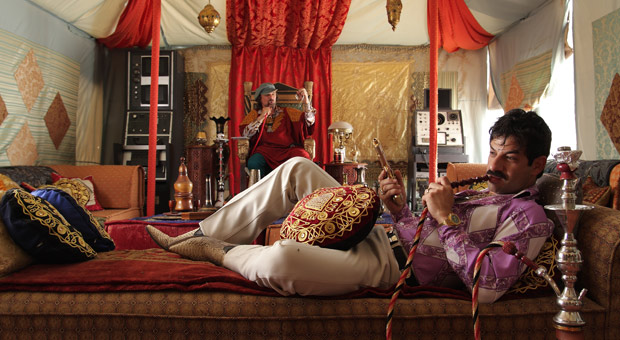
How did you prepare to play Julian Pérez?
Julian Pérez has to be the most powerful character I’ve ever played. Interpreting a cartel boss is not that simple. There is not a lot of public information about their lives, but there is some. I found books and in-depth research articles. I read about the history of mafia in Mexico and leaders throughout different periods of time. I listened to a lot of “narcocorrido” music, which is folk music that tells stories about bandits, drug lords tales, passionate stories and mafia adventures. I took a look at as many pictures of mafia leaders as possible, to examine their lives.
I went on some social blogs that specialized in narco-culture and try to find as much information as possible. I discovered the universe in which Julian Perez was involved. For me it has the power of a Shakespearean play. Surrounded by betrayal, ambition and violence, they are always worried that someone is trying to take over their reign. They are never at peace. I also took a look at other mafia film icons (The Godfather, Scarface, Goodfellas, etc.) to try to grasp aspects of their spirit that would fit my character, but without wanting to imitate any of them. The rest was pure imagination.
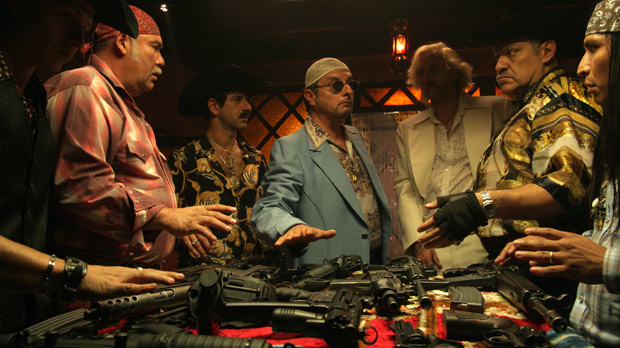
Did you save any of the wild print shirts and big hats that your character wears in the film?
What? Are you kidding? Of course I have. They are hilarious. It is really amazing what costume designer Marylin Fitoussi did. There was a time in Mexico’s underground mafia world when exotic prints and the exaggerated bling were iconic. I am from Sinaloa and I grew up there seeing a lot of people dressing in that style. Of course, nothing like Julian Pérez, he would always be king. If you are not acquainted with the culture you could think is a little bit exaggerated, but it is not. We tried to portray a drug lord prince from the North of Mexico. I also have the jewels with the initials all over and the magnificent cowboy hat. The slogan for the film says, “They may loose their lives, but not their style.”
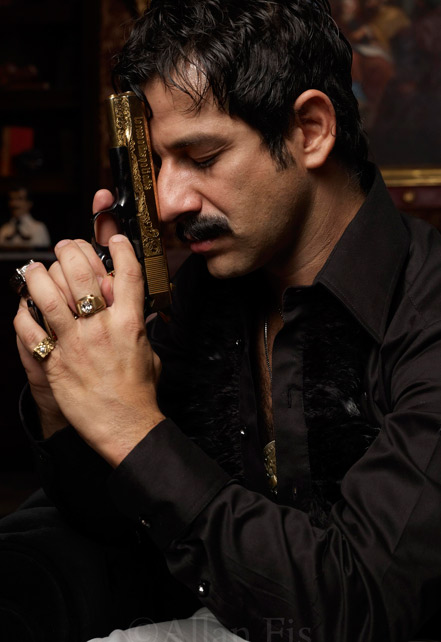
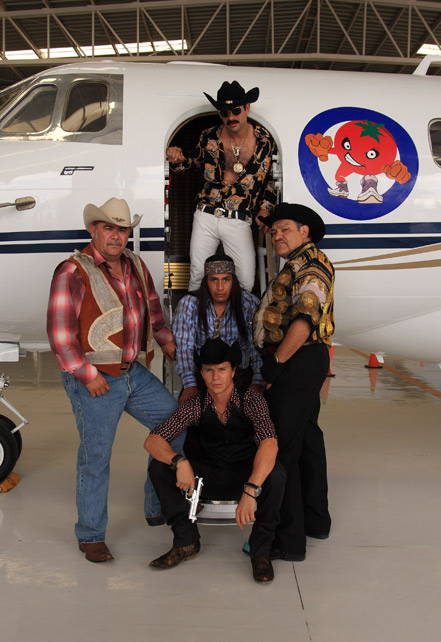
How do you feel about the film’s depiction of Sinaloa?
It’s amazing how the people from the state of Sinaloa have responded to the film. They went crazy over it. The cinemas were completely crowded and there was quite a furor. Families went to see it all together. This for me is an indicator that the people felt reflected in the sense of humor and the mood of the film. Sinaloa might well be the Mexican Sicily. The people there have an attitude about life where they feel that anything is possible. It is not a submissive culture. I am from Sinaloa myself and I can tell you that the movie portrays the qualities of loyalties, courage, strength, humor and achievement that characterize the people from there.
On 2 June 2011 “Salvado al Soldado Perez” will open the Hola México Festival New York at Tribeca Cinemas before hitting U.S. theaters this September 2011.

